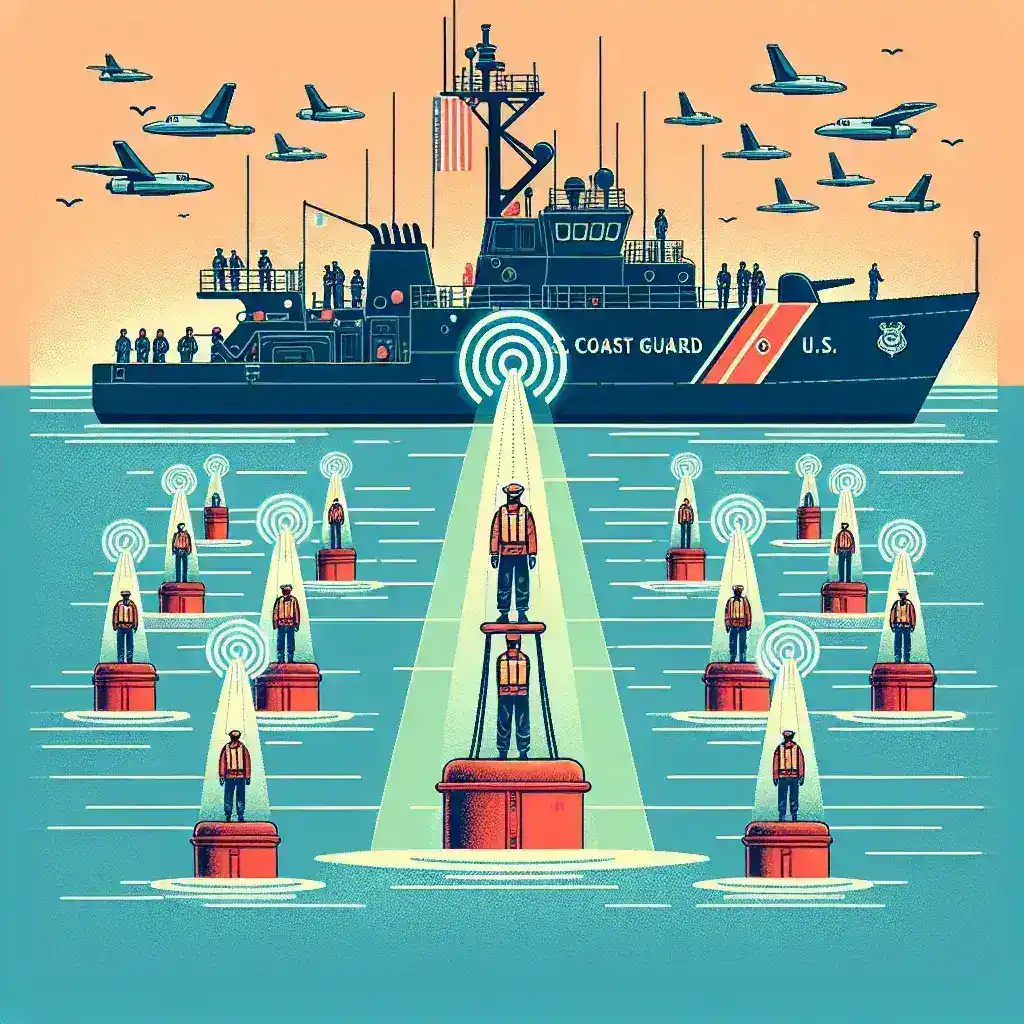Introduction
The U.S. Coast Guard has recently taken a significant leap forward in maritime safety with the deployment of artificial intelligence (AI) buoys. These innovative devices are set to transform ship navigation practices, ensuring safer waters for both commercial and recreational vessels. This article delves into the details of this groundbreaking initiative, exploring its implications for the maritime industry, historical context, and future predictions.
Historical Context of Maritime Navigation
Maritime navigation has evolved significantly over the centuries. From the early days of celestial navigation using stars to the modern GPS technology, the journey has been marked by innovation. The introduction of radar systems, electronic charts, and automatic identification systems (AIS) represented significant milestones. However, the complexities of marine environments and human error have always posed challenges. Enter AI buoys—an evolution that promises to mitigate these challenges.
The Role of AI in Navigation
Artificial intelligence has transformed various sectors, and navigation is no exception. AI algorithms can analyze vast amounts of data in real-time, identify patterns, and make predictions that exceed human capabilities. AI buoys can assess environmental conditions, traffic patterns, and potential hazards, providing vital information to vessels navigating through complex waterways.
The Features of AI Buoys
1. Real-time Data Processing
AI buoys are equipped with advanced sensors and communication systems, allowing them to gather data from their surroundings continuously. This data includes:
- Weather conditions
- Wave patterns
- Traffic density
- Potential obstacles
2. Enhanced Decision-Making
By leveraging machine learning algorithms, these buoys can assess situations and provide recommendations or alerts to vessels. This capability minimizes the chances of accidents and improves overall navigation safety.
3. Connectivity
AI buoys are designed to communicate with ships and other maritime entities in real-time. This connectivity ensures that vessels are informed about changing conditions, making navigation safer and more efficient.
Benefits of AI Buoys
1. Increased Safety
The primary aim of deploying AI buoys is to enhance safety at sea. By providing timely information about hazardous conditions, these buoys can significantly reduce the likelihood of maritime accidents.
2. Cost Efficiency
Reducing maritime accidents not only saves lives but also helps lower operational costs associated with accidents, insurance, and damages. Moreover, AI buoys can help optimize shipping routes, leading to fuel savings and faster deliveries.
3. Environmental Protection
AI buoys can detect pollution levels and monitor marine ecosystems, contributing to environmental protection efforts. By providing data on water quality and wildlife activity, they play a crucial role in preserving our oceans.
Challenges Ahead
1. Technological Dependence
As with any technology, reliance on AI buoys may create vulnerabilities. System failures or cyber-attacks could pose serious risks. The maritime industry must invest in robust cybersecurity measures to protect navigational systems.
2. Integration with Existing Systems
Integrating AI buoys with current navigational systems can be complex. Training personnel to effectively use these advanced tools is essential for maximizing their benefits.
Future Predictions
The future of maritime navigation appears promising with the continued development of AI technologies. As AI buoys become more prevalent, we can expect:
- Wider adoption across different maritime sectors
- Integration with autonomous vessels
- Enhanced collaboration between countries in marine safety
Real-life Examples
Countries like Norway and Japan have already begun implementing similar AI technologies in their coastal waters. These nations have reported a decrease in maritime incidents and improved maritime traffic management. As the U.S. Coast Guard follows suit, it can learn from these early adopters to refine their approach and maximize safety.
Conclusion
The deployment of AI buoys by the U.S. Coast Guard marks a transformative moment in maritime navigation safety. As these technologies continue to evolve, they hold the promise of making our oceans safer for all. As we embrace this change, it is essential to navigate the challenges and leverage the opportunities presented by AI-driven navigation.
Call to Action
For maritime professionals, staying updated on the latest advancements in navigation technology is crucial. Embrace the changes brought forth by AI buoys and participate in discussions shaping the future of maritime safety.

